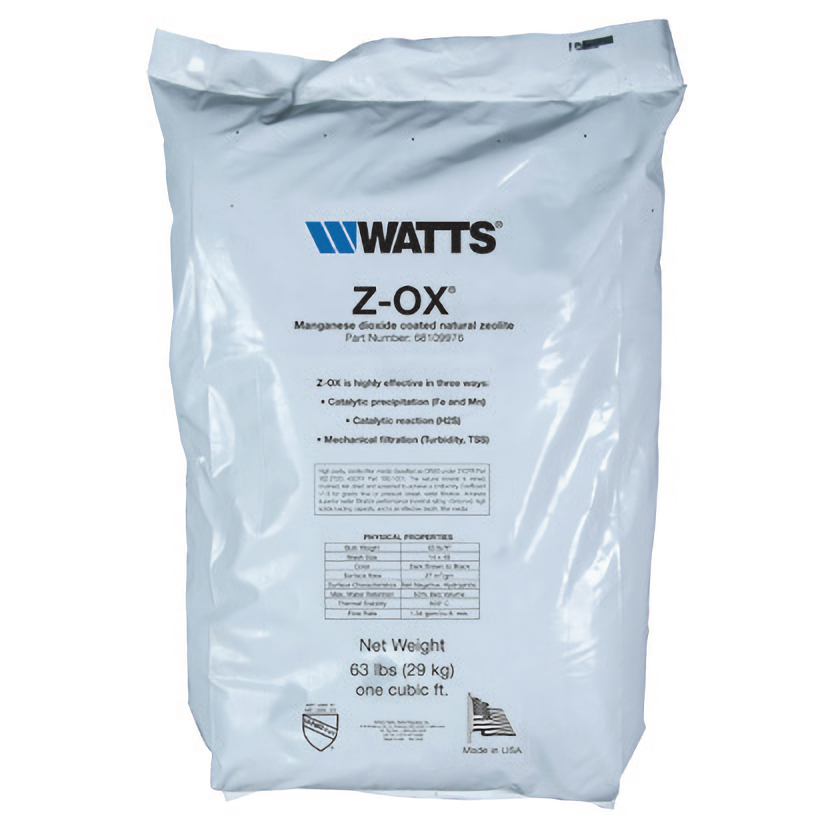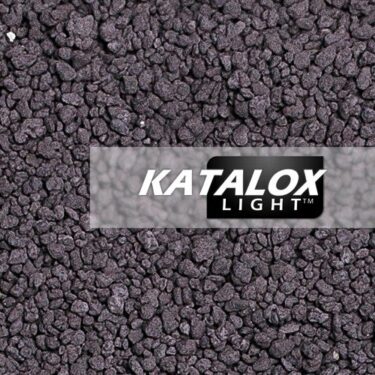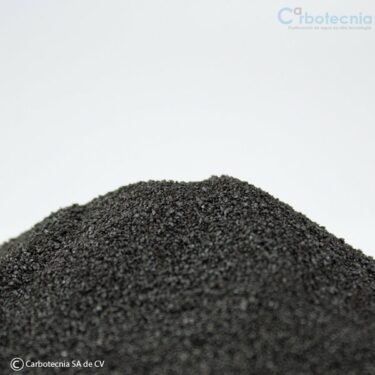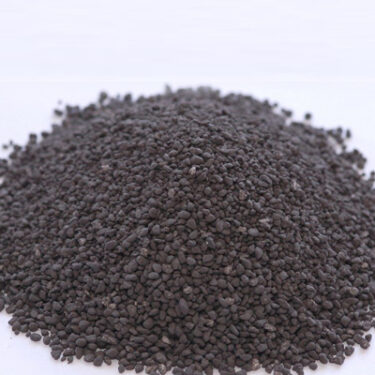Description
What is Z-OX used for?
Z-OX is a catalytic medium whose function is to remove manganese and iron in water.
It has a higher surface area and thus more MnO₂ content than the other catalyst media. This larger surface area also provides greater contaminant reduction capacity.
Benefits of using Z-OX
- It is lighter than many other MnO₂ media (63 lbs/ft3) making it more economical to transport.
- It reduces the red color that iron gives to water, it also reduces odors caused by hydrogen sulfide and dark stains caused by manganese in water.
- It has a large surface area which means greater capacity.
- Reduces turbidity, suspended solids and sediment to <3 microns.
- Z-OX has no significant impact on the pH of the treated water.
How does Z-OX remove iron in water?
Helps accelerate chemical reactions, Z-OX contains an oxidizing agent in the converting water:
- Manganese and iron in filterable solids.
- Hydrogen sulfide gas in a filterable solid.
In water treatment Z-OX falls into a category of catalysts.
Feed water requirements for manganese and iron reduction in water:
- Minimum inlet pressure: 30 psi.
- Maximum operating pressure: 100 psi.
- Minimum water temperature: 34 °F (1 °C).
- Maximum water temperature: 110 °F (43 °C).
- Effective pH range: 6.5 – 8.5.
- The maximum iron content is 10 ppm.
- Maximum manganese content 5 ppm.
- Maximum hydrogen sulfide content: 3 ppm.
- ORP requirements above -170 millivolts.
What are the sources of iron, manganese and hydrogen sulfide contamination in water?
Ferric iron: It usually appears due to the erosion of natural deposits and plumbing components giving a reddish appearance to the water.
Manganese: Its erosion is caused by components commonly used in plumbing and also by natural deposits.
Hydrogen sulfide: This pollutant is caused by the decomposition of organic matter that generates bacteria and also by sulfate-reducing bacteria.
















